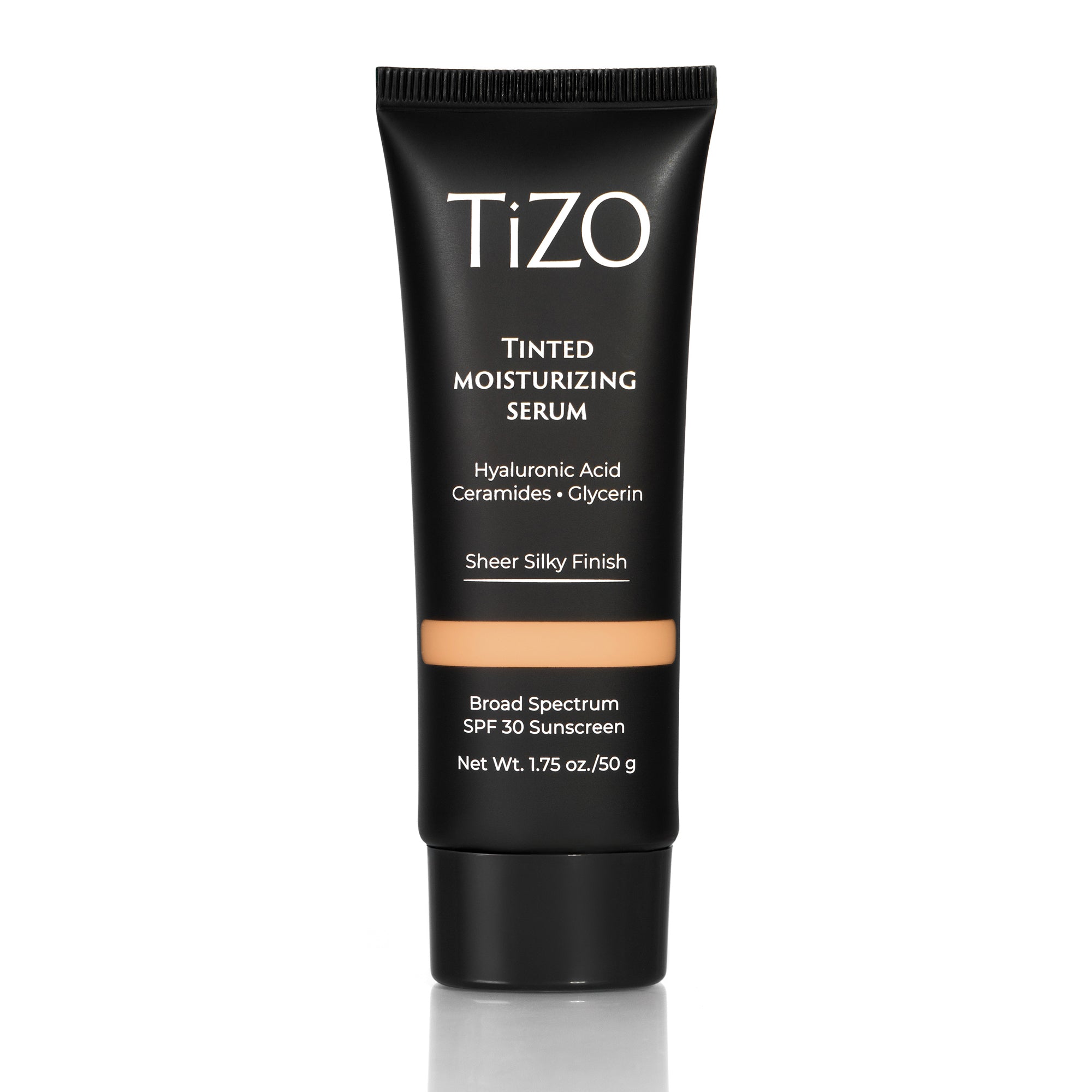Do you know your ABCDE's?
The ABCDE’s aren’t just a song a child would sing in school to help remember the alphabet, they’re also a great acronym to help you remember how to identify skin cancer.
Who doesn’t love some sunshine after a long winter? With more sunlight also comes more sun exposure and the potential to suffer from harmful effects of the sun such as skin cancer. Skin cancer is the most commonly diagnosed cancer in the United States and its culprit isn’t some harmful carcinogen that we can avoid, it’s the sun.
We pretty much all have or know someone who has had the “have I always had that mole?” moment. While most are harmless, the ABCDE self skin exam can help you detect an abnormality early on. A stands for asymmetry where you analyze if one half of the mole is unlike the other. B stands for borders as in irregular or poorly defined outlines of the mole. Next, you want to observe the Color of the mole and annotate any discrepancies from one area to another, paying special attention to darker colors. Looking at the size of the mole, D stands for the diameter, which shouldn’t be larger than 6mm. Lastly, E stands for evolution. Has the mole been changing in size, color, or shape over time? Performing regular self skin exams with the ABCDE’s in mind can help you detect signs of skin cancer. If you have any suspicious spots or concerned, make sure you’re getting examined further by a doctor.
How can you reduce the chances of getting skin cancer? We’re so glad you asked! Getting in the habit of putting on sunscreen every day is a great way to protect yourself against harmful UV rays! Remember, putting on sunscreen once during the day is not enough! To ensure protection the entire day, you need to re-apply. No matter what sunscreen you're using, it will lose some effectiveness over time. Make sure to always refer to the directions on the back of your sunscreen to find out exactly when you should re-apply. As a simple rule of the thumb, sunscreen should typically be reapplied every two hours if you are not swimming or sweating. If you are participating in any activities involving swimming or sweating, make sure to see what the "water resistance" is on your sunscreen. If your sunscreen is water-resistant, this number will be either 40 or 80 minutes. This time frame tells when your SPF will start to lose some of its effectiveness. To achieve maximum protection, you should always re-apply after this time!
TIZO Sheer Botanicals (SPF 45) sunscreen is a silky, plant based mineral sunscreen for the body and face. It spreads easily to a soft and virtually invisible finish, and is a great option for those days when you’re going to be sweating or swimming. It is 80 minutes water resistant which means you don’t have to reapply as frequently and you can spend more time in the sun, worry free.
Just because the sun might not be shining does not mean you can get away with not applying sunscreen or only applying once. UVA rays are present all year round regardless of cloud cover. Want an easy way to remember the difference between UVA and UVB? UVA rays cause aging and UVB rays are the primary culprit for burning. UVA rays penetrate your skin more deeply and cause premature aging of your skin cells. Just because the sun isn’t out doesn’t mean there aren’t any UVA rays present. UVA rays are present year round, penetrate through glass, and cause damage all day long. This is why you need to wear sunscreen even when it isn’t sunny out!



Leave a comment